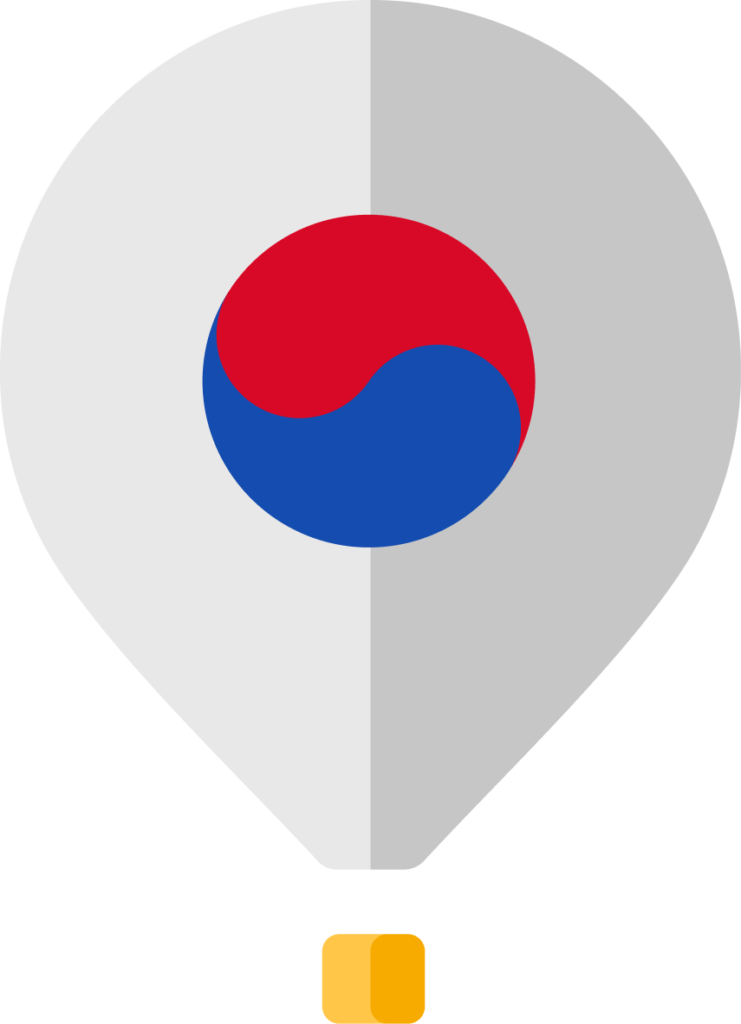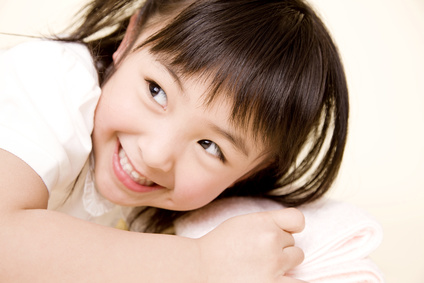Korean Manners and Language: What Every Kid Should Know
Learning about manners and communication is just as important as learning words when studying a new language. Korean culture has special ways of speaking and acting that show respect—especially to elders.
Hangul: Korea’s Own Alphabet
A long time ago, Koreans used Chinese characters in writing. But in the 15th century, King Sejong created Hangul, a unique Korean alphabet that is still used today. Hangul is simple, scientific, and made for everyone to learn easily—even kids!
Honorifics: Speaking with Respect
In Korean, how you speak depends on who you’re talking to. There are special word endings called honorifics, which are added when speaking to someone older or someone you respect. These polite forms help show kindness and humility, and they’re a big part of Korean language learning.
Gestures Matter
In Korea, gestures are also an important part of manners. For example, you should never call someone over by waving with your palm up—this is used only for animals like dogs. Instead, keep your palm facing down and move your hand gently. It’s also considered more respectful to use your right hand when passing something, such as food or a gift.
Personal Space and Touch
Koreans value personal space, especially in public. Hugging and casual touching are not common, especially between people who don’t know each other well. A polite bow or small wave is usually enough when greeting someone.
Learn More with Dinolingo
At Dinolingo, kids can discover fun and respectful ways to speak Korean. Through stories, games, and interactive lessons, children not only learn the language but also how to behave politely in Korean culture. It’s the perfect way to explore both words and values at once!

